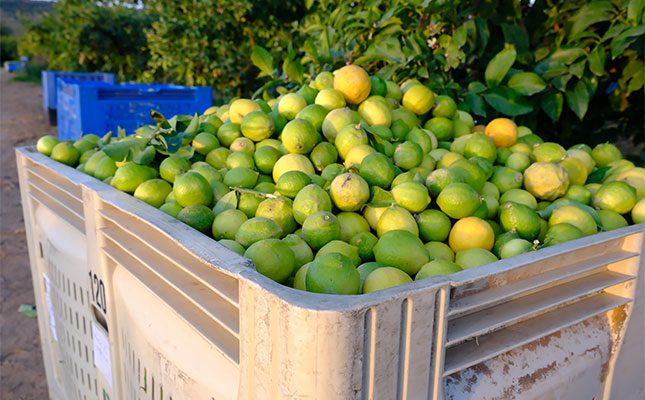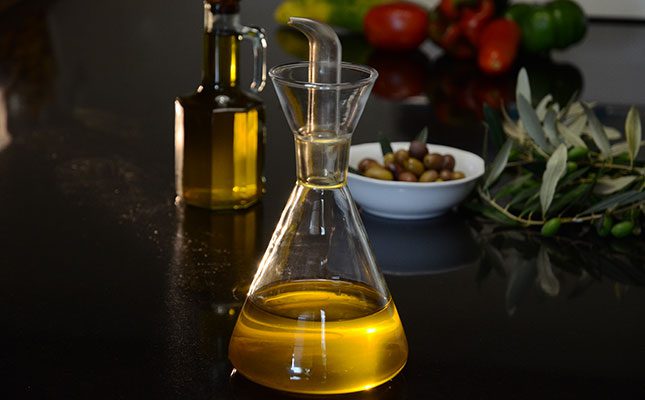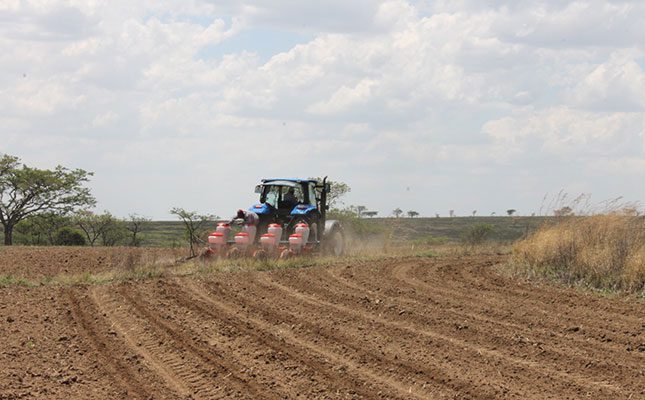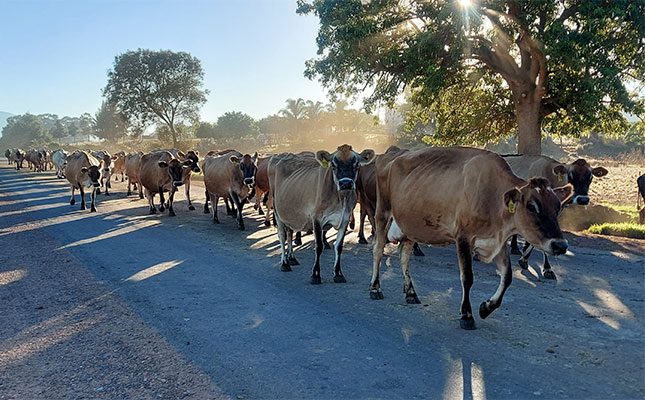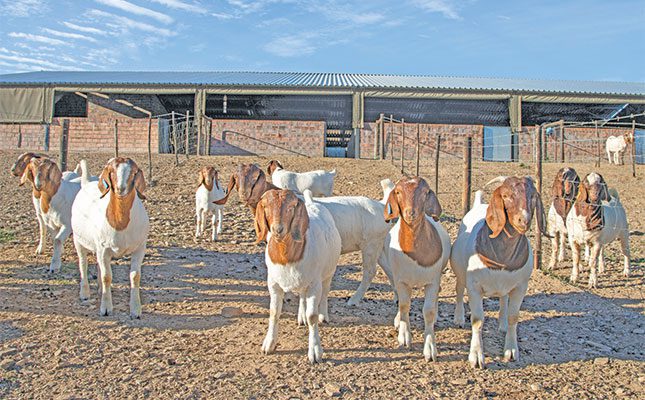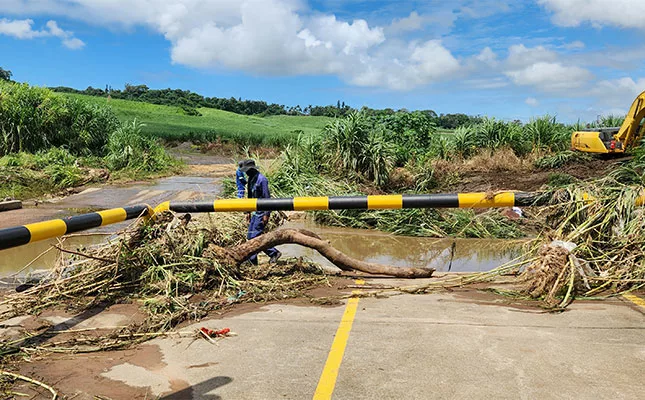
Photo: Jyothi Laldas
The forecast, issued on 30 September at a media briefing with SAWS in collaboration with the National Press Club at Court Classique Hotel, Pretoria, showed that most parts of the country were likely to receive above-normal rainfall from late spring through to midsummer, especially in the north-eastern regions.
La Niña, a climate pattern linked to cooler ocean temperatures in the Pacific Ocean, is known to influence rainfall patterns across South Africa.
Speaking at the briefing, SAWS scientist Cobus Olivier said this could bring welcome relief for many farmers, with the potential to boost crop and livestock production.
He explained that while forecasts earlier in the year suggested neutral conditions, recent changes now point to a weak La Niña forming, and this increases the likelihood of rainy weather.
“For South Africa, this translates into favourable summer rainfall in the north-eastern parts of the country. It is [also] expected to increase the likelihood of flooding,” he said.
The forecast suggests that areas that usually receive most of their rain in late spring and summer, such as parts of Gauteng, KwaZulu-Natal, the Free State and North West, are likely to experience above-normal rainfall up until midsummer.
“This is expected to benefit both crop and livestock farming, improving grazing conditions and water availability,” he said.
Olivier urged farmers to take proactive measures, such as establishing proper drainage systems, to safeguard against floods and prevent drownings, injuries, and hypothermia.
However, he said, farmers in parts of Mpumalanga and Limpopo should prepare for the opposite. The forecast warns that these provinces may receive below-normal rainfall, raising concerns about dry spells and possible drought stress.
Olivier urged agricultural bodies to advise farmers in these areas to adopt measures such as conserving soil moisture, harvesting and storing water, improving drainage systems to manage excess rain in wetter regions, and using farming practices that safeguard crops and livestock against climate uncertainty.
In addition to rainfall, the forecast shows that both minimum and maximum temperatures will likely be above-normal in most parts of the country.
Olivier said this means hotter days and warmer nights, which could place additional stress on crops, increase evaporation rates, and raise demand for irrigation water.
“Only the south-western coastal areas are expected to see slightly cooler maximum temperatures,” he said.
While the extra rain will help replenish water reservoirs in many regions, SAWS has cautioned that high temperatures could also lead to water losses through evaporation.
According to the forecast, from a health perspective, hotter temperatures may also increase risks of heat stress for farmworkers, higher pollen levels, and faster spread of foodborne pathogens.
SAWS said it will continue to track weather and climate developments and issue updates as conditions evolve.
Commenting on the weather patterns, Agbiz chief economist Wandile Sihlobo said that with the 2025/26 production season for field crops and horticulture soon to begin, the early rains would help improve soil moisture.
“Importantly, we have observed general optimism about the 2025/26 season amongst farmers. The weather outlook is positive, with a likelihood of more La Niña-induced summer rains.
“Tractor sales have also remained encouraging, indicating that farmers are preparing for a busy season ahead. The sentiment, as illustrated in the Agbiz/IDC Agribusiness Confidence Index, has also been relatively positive. So, all else being equal, we are looking to have another great season. The primary worry, of course, remains the animal diseases that continue to put pressure on our livestock industry,” Sihlobo said.

